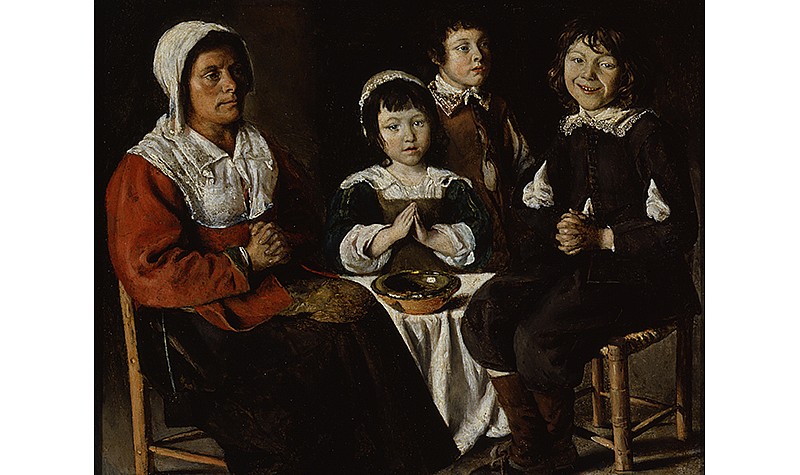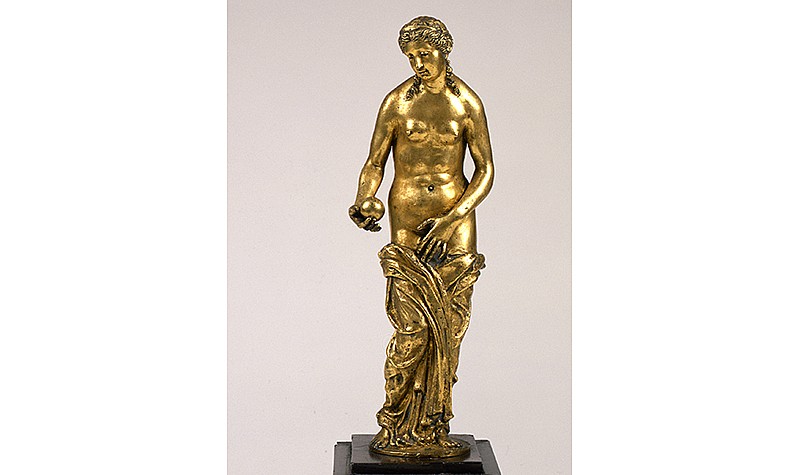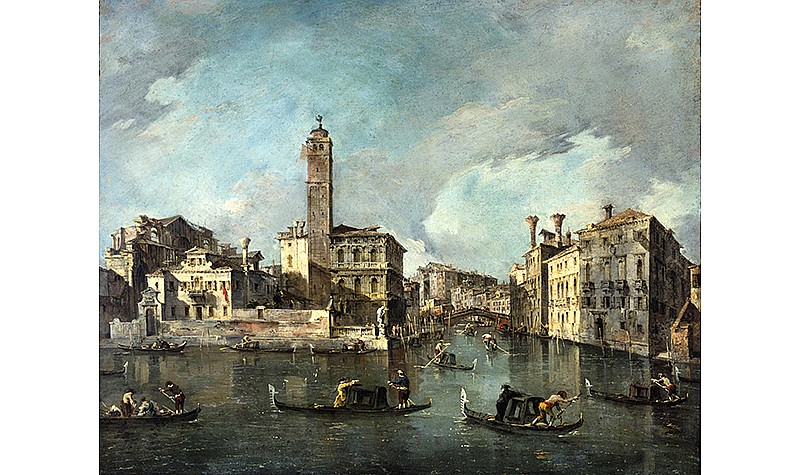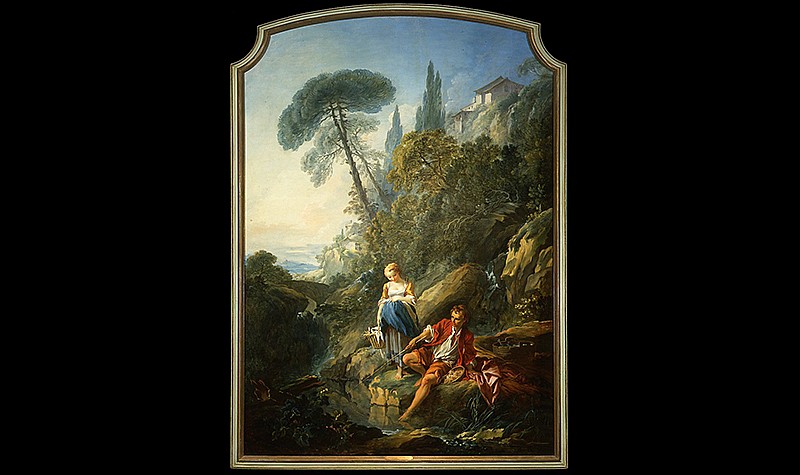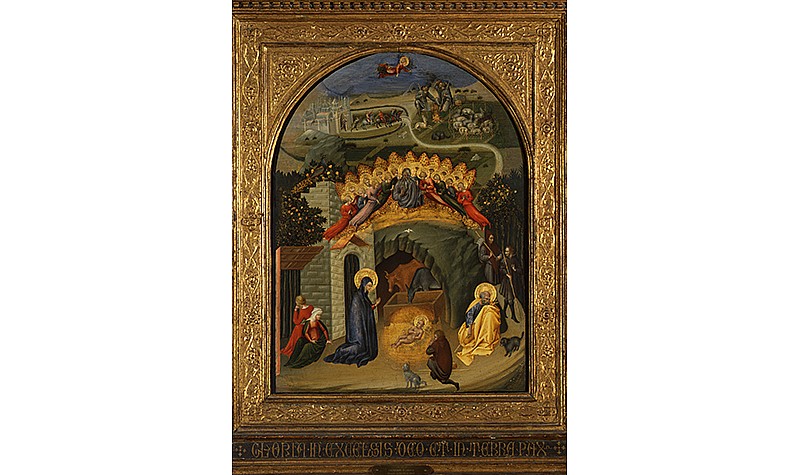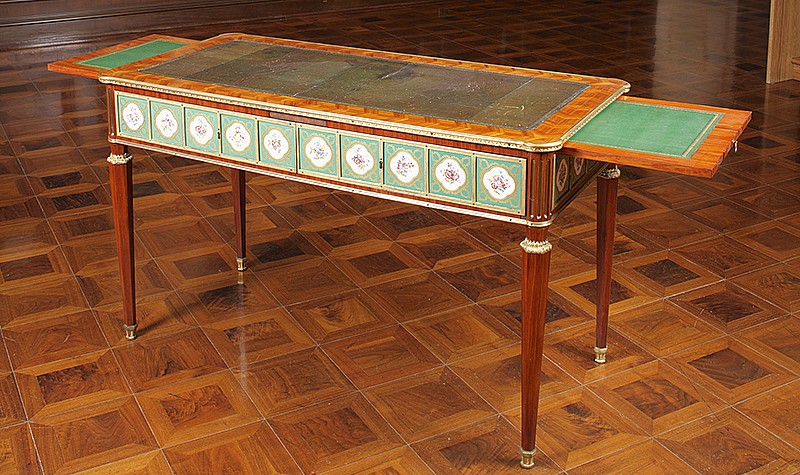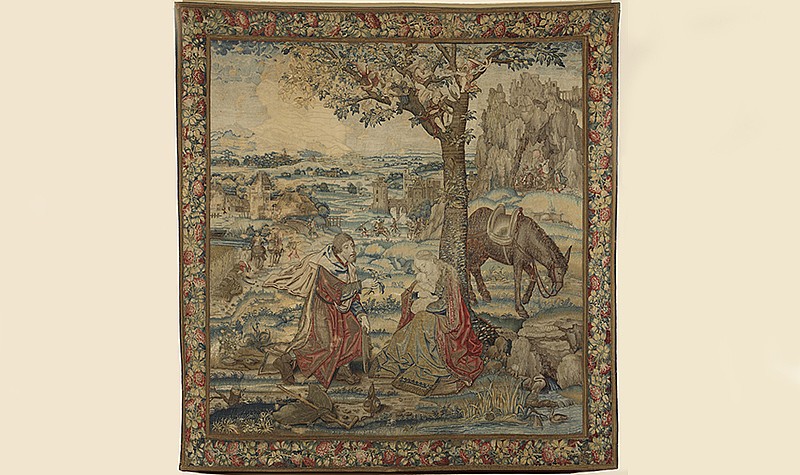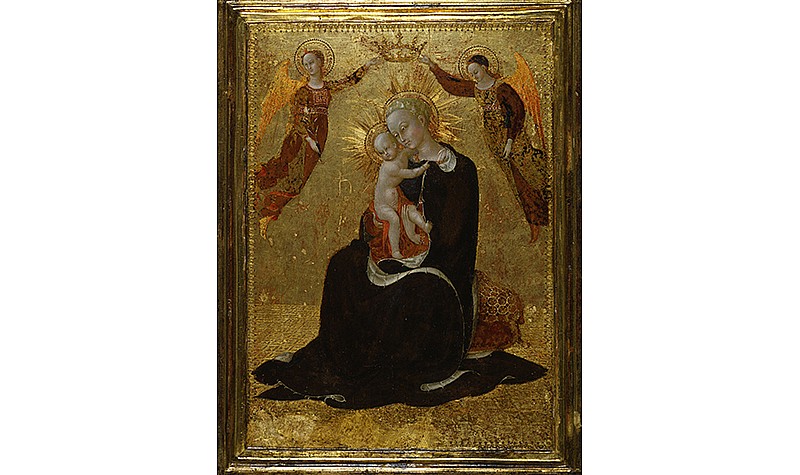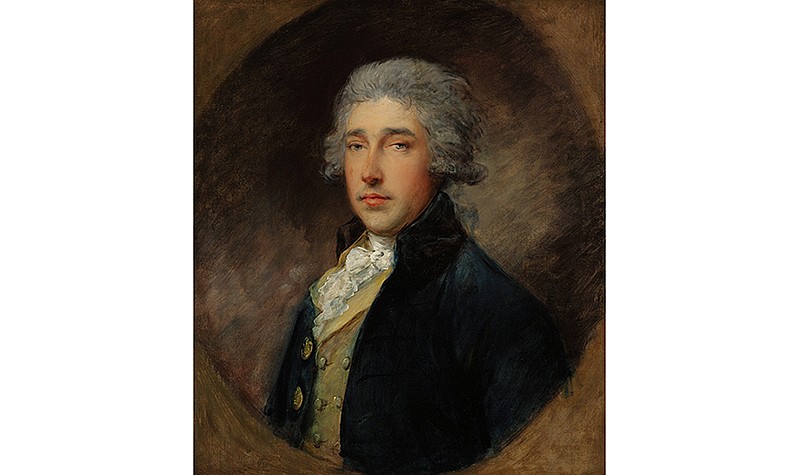The Permanent Collection
In the galleries at The Frick Art Museum you will find fabulous examples of early Renaissance Italian painting; rare French and Flemish tapestries; Renaissance and Baroque bronze statuettes; eighteenth-century French painting, furniture and decorative arts; spectacular Chinese porcelains; and masterpieces by artists such as Rubens, Boucher, Gainsborough and Fragonard.
The collection at the Frick includes objects purchased by Henry Clay Frick and his daughter Helen, as well as museum purchases and gifts. The Italian gallery features exceptional examples of early Renaissance painting, including Sienese masters Sassetta and Giovanni de Paolo. Also on view in the Italian gallery are a selection of bronzes from the collection purchased In 1916, by Henry Clay Frick from the estate of financier J. P. Morgan. Over 40 of these bronzes are part of the collection of The Frick Pittsburgh, and others are held by The Frick Collection, New York.
The green gallery, with silk velvet wall coverings and crystal chandeliers, was designed to complement the museum’s collection of French painting, with works by Boucher, Fragonard and Pater installed with fine examples of French furniture of the period.
Permanent Collection
Other highlights of this room include a major portrait by Peter Paul Rubens, a major Venetian scene by Francesco Guardi, and an oil on copper attributed to Antoine Le Nain.
The museum’s Jacobean room, with English oak paneling, is typically hung with English artworks of the 18th century—including a rotating selection of mezzotints, a fabulous example of a conversation piece by English artist Arthur Devis, and portraits by English masters like Hogarth, Gainsborough, and Reynolds.
The tapestry collection, which hangs in the museum’s rotunda, features examples of French Loire valley weaving in the mille-fleurs tradition as well as the complex, painterly weavings that made Brussels a famed center of Renaissance tapestry production. Rest on the Flight into Egypt is a particularly fine example of an intact devotional weaving of exceptional quality.
Note: Objects on view change periodically and not all of the collection is on display at any one time.
